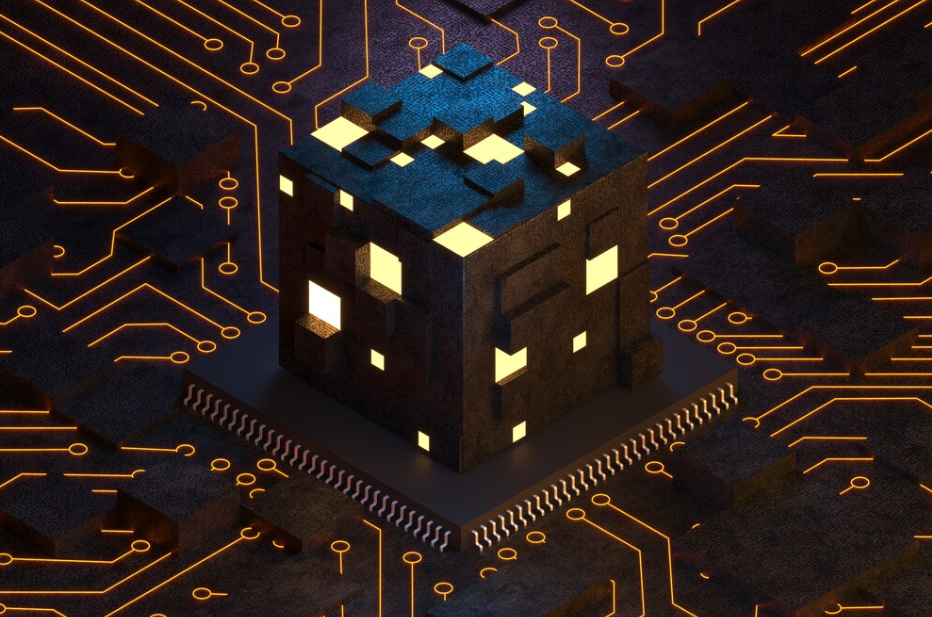In a digital world obsessed with speed, scale, and the “move fast and break things” mentality, a quiet counter-movement is emerging — one that embraces restraint, longevity, and sustainability. Welcome to the Slow Code Movement, where developers design software not just to function now, but to age well.
What Is Slow Code?
Slow code isn’t about sluggish performance or inefficient development. It’s a philosophy that prioritizes:
- 🧭 Simplicity over complexity
- 🧼 Readability over cleverness
- 🧱 Stability over constant reinvention
- 🧓 Long-term maintainability over short-term hacks
In essence, it’s about writing software like a craftsperson, not a startup on a caffeine binge.
The Problem with Fast Software
Today’s software often prioritizes speed to market above all else. But this rush introduces fragility:
- ⏳ Dependencies rot
Libraries go unmaintained, APIs deprecate, and frameworks shift under your feet. - 🐛 Technical debt piles up
Shortcuts taken today become obstacles tomorrow. - 🔁 Perpetual updates
Apps that once worked fine now break if not constantly patched or recompiled.
The result? A digital ecosystem where software decays rapidly, becoming obsolete not because it stops working, but because everything around it moves too fast.
Designing Software to Decay Gracefully
The Slow Code Movement proposes a different goal: create systems that can age — not freeze in time, but degrade gently, remain understandable, and possibly even evolve.
Core Principles of Slow Code
- 🪨 Minimal Dependencies
The fewer external libraries, the less surface area for future breakage. - 📜 Readable Code
Write for humans, not just machines. Someone (maybe future-you) will have to understand this. - 🧪 Well-Scoped Features
Don’t build for hypothetical use cases. Solve what’s needed, then stop. - 🧯 Stability over Novelty
Use tools and languages with proven track records, even if they’re not the latest hype. - 📚 Comprehensive Documentation
Your code may outlive your role. Leave behind context, not just syntax.
Graceful Decay in Practice
Graceful decay means planning for eventual decline — not to prevent it, but to guide it gently.
- 🧼 Fail clearly, not cryptically
Error messages should be helpful, not obscure. Let old code degrade with dignity. - 🛠️ Allow for partial functionality
When one part breaks (e.g., an API changes), others should still work if possible. - 🧭 Fallbacks and modularity
Decoupled components allow parts of a system to be updated or replaced independently.
Why It Matters
In an age of climate anxiety and digital overload, the Slow Code ethos also aligns with digital sustainability:
- 🌱 Lower environmental impact
Software that doesn’t demand constant updates or bloated infrastructure saves energy. - 🧘 Mental clarity for developers
Clean, purposeful code reduces burnout and makes maintenance a joy, not a burden. - 💾 Preservation of knowledge
Software is a form of cultural memory. Well-crafted code can last — and teach — for decades.
Inspirations from Other Slow Movements
The Slow Code Movement echoes other cultural shifts:
- Slow Food: Emphasizing quality, tradition, and local ingredients over mass production.
- Slow Design: Prioritizing reflection, sustainability, and long-term value.
- Digital Minimalism: Reducing screen-time clutter to reclaim focus and presence.
Each is a rejection of frantic consumption in favor of intentional creation.
Final Thoughts: The Beauty of Software That Ages
What if software didn’t always need to be the newest, fastest, or most cutting-edge?
What if it could age like a well-made book, still readable and useful years later?
The Slow Code Movement asks us to redefine progress — not as rapid iteration, but as careful, deliberate building. It’s a call to respect the future maintainer, the user five years from now, and even the system itself.
Because in a world that’s constantly rewriting itself, sometimes the most radical thing a developer can do… is write something that lasts.


